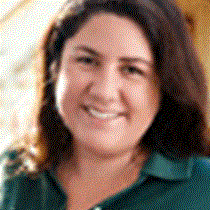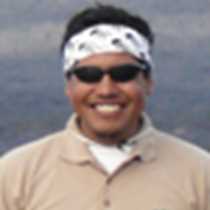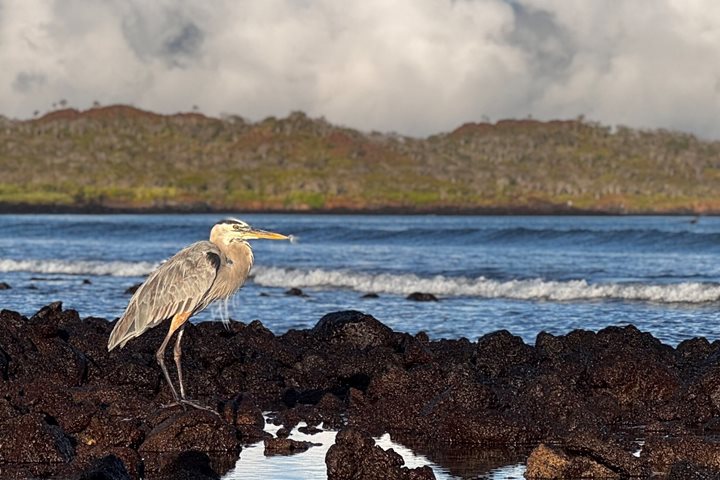It is hard to believe that today we were at the same island where we landed yesterday, only this time we arrived to its north western corner. The scenery is strikingly different, as if it had lost most of its colors and its breeze. This area is in the rain shadow of the second largest island. Yesterday it was lush and green, and we hiked up to elevations of 1.200 feet, but today it was warm, and grayish-red, and the highest we reached was a hill at no more than one hundred feet above sea level. The species are different as well. There are no giant tortoises on this part of the island-volcano, but this is the land of dragons: land iguanas. We enjoyed bird watching, with amazingly curious flycatchers along the trail and pintail ducks in a tiny brackish pond. We learned about deciduous forest by hiking through holy trees and Galapagos cottons. A marine iguana showed the unusual behavior of feeding from Sesuvium, a succulent plant, when they are supposed to be herbivores from the sea!
We also had an opportunity to snorkel, either around Guy Fawkes islets, in the company of a Galapagos penguin, or from the beach, where we had interesting encounters with rays, eels and a young black-tip reef shark.
In the afternoon, we searched for marine life while sailing west, as far as the horizon. Undersea specialist Jason Heilmann gave his presentation about oceanography, and Jonathan Aguas spoke about naturalist Charles Darwin. Sunset found us around Daphne Major, where we enjoyed the view of this living laboratory for Peter and Rosemary Grant. This is the islet where they have done research about Darwin’s finches for more than thirty years.
We shared highlights, took photographs and enjoyed tasting regional wines.









